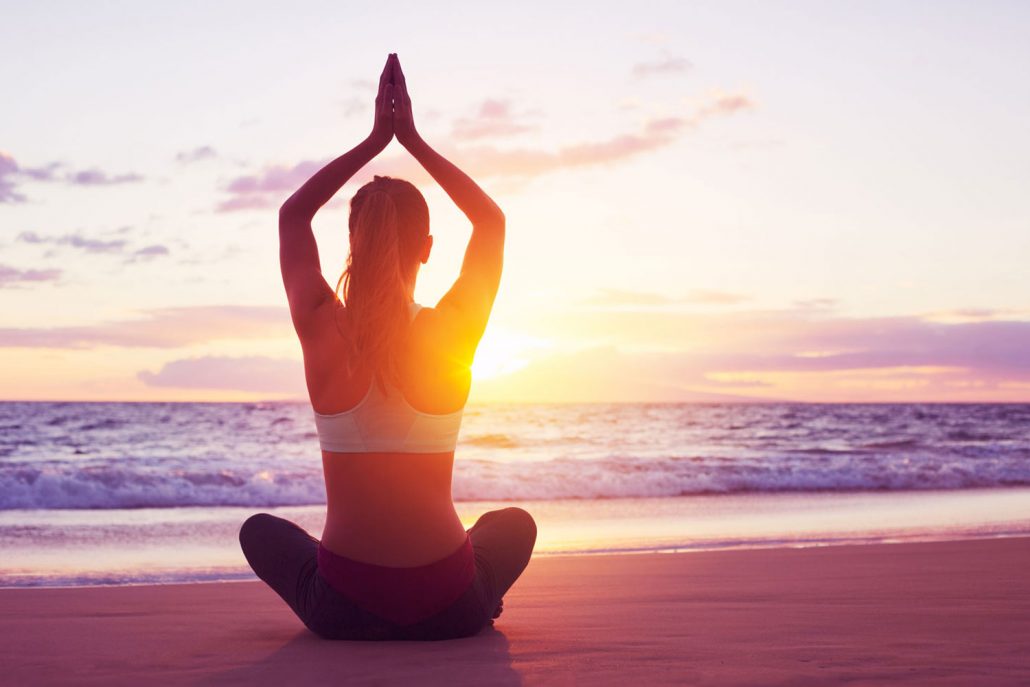The role of relaxation in stress management
Life seems to accelerate with age, so consequently relaxation as part of stress management, can suddenly become a priority.
Short term positive stressors that we experience can make us proactive and more effective in our daily activities. In contrast, distress or negative stressors can decrease performance, create anxiety and lead to mental and physical problems.
For example, the death of a loved one, relationship problems, unemployment or illness are negative stressors, whilst having a baby, beginning a relationship, starting a job or trying a new pursuit can be positive stressors. These are external situations, yet stress can be caused by internal distress from fears, worry or unrealistic expectations – for example public speaking or waiting for test results.
Learning how to recognise, analyse and then respond to these triggers for your stress can seem an impossible task. Once stress becomes a hinderance to our every day lives, professional help should be sought. Thankfully the modern age comes with a variety of professionally assisted ways in which to deal with the stressors we experience. By learning the art of relaxation, we can all take ownership of our stress management, as a buffer for stressors in the future.
Relaxation as part of your stress management
When thinking of the ideals of relaxation, the lone monk in a temple with bells sounding in the background, may come to mind. A lifelong devotion to inner peace would be ideal for stress relief, but for now aiming a little more realistically using some simple methods, may fit better into your daily routine and be easier to maintain for the long term.
As a basic rule relaxation techniques involve taking your attention from what makes you anxious, fearful or stressed and refocusing it on something calming. Whilst the type of relation method you choose is important, of greater importance is committing to regular, focused practice and mastering of your technique.
Preparation for your chosen relaxation method.
It assist in the success of your chosen method, firstly you will need to find the time to do regular practice. Scheduling one but preferably two relaxation periods a day is ideal. Having them at the same time each day will get you into a routine. This is especially beneficial, in that you will notice should you miss a session. Aiming for one of the sessions to be completed early in the morning, before other tasks and responsibilities get in the way, will further your chances of successfully keeping the routine.
When choosing a time, ensure it is when you will be fully awake and alert. Relaxation techniques will be less effective if practiced after a heavy meal, medication, smoking or alcohol, and if too close to bedtime. Practicing within a quiet, natural and clean environment in comfortable clothing is ideal.
In reality only some of these can be achieved, so where lacking, the use of background music can filter out noise, indoor plants can add a touch of nature or incorporating aromatherapy into your routine, are ways in which you can supplement your needs.
Deep Breathing
In this method sit comfortably with your back straight, placing one hand on your chest and the other on your stomach. Breath in through your nose, then exhale through you mouth and try to push out as much air as you can, whilst contracting your abdominal muscles. By ensuring that the hand on your stomach moves in and out with each breath and that the hand on your chest moves as little as possible, you will be able to achieve the goal of breathing from your abdomen.
Visualisation
Otherwise known as guided imagery, visualisation requires you to use your minds eye along with your other senses of taste, touch, smell, and hearing. It involves creating a scene in which you feel at peace and a place to let go of all tension and anxiety. Visualisation can be accompanied by music or guided by an audio recording of a therapist and draws upon past experiences, such as a favourite childhood holiday place or imagining an ideal location such as a quiet, secluded beach cove.
Moving Meditation
Any form of rhythmic movement, such as walking, swimming or dancing can achieve this method. Being mindful whilst performing this moving meditation is required and this consists of focusing your mind on how your body feels at that very moment. Should your mind wander, then simply focus on the rhythm of your limbs and breathing.
Muscle relaxation
By systematically tensing and relaxing different muscle groups in the body you can identify and then counteract the effects of muscular tension within the body. Once your body is relaxed, your mind will follow and combined with deep breathing, this method will have an additional level of stress relief.
Body Scan
Similar to the progressive muscle relaxation above, the body scan method simply focuses on each part of the body, working from toe to head, from one part of the body to the next, using awareness and breathing to create the sensation of weightlessness.
Assisting your relaxation method
When practicing your chosen style of relaxation, some may find it difficult to let go, which can be counter productive. If all methods have been exhausted, then choose the most successful method and incorporate transformations and affirmations, to boost the possibility of success.
If you have seen the movie ‘Finding Nemo’, you will be familiar with Dory’s wonderful affirmation to ‘Just keep swimming’.
Affirmations such as this, can assist with internal negative chatter, such as replacing a thought like ‘this is not working’ with ‘keep going… take your time’. It can also assist any physical tension that builds up, for example by repeating ‘relax the jaw, lower the shoulders’.
Secondly, transformations aim to assist visualisation methods. For example if your minds eye drifts to tightly twisted ropes you could imagine the ropes unwinding, if cold hard rocks come to mind, smooth, warm, soft water would flow over the top. There are a plethora of these counter methods and statements online, and so finding ones that suits your needs should be easy enough.
Of course if you are still unable to reach the level of relaxation you desire, or feel that external advice or assistance would be beneficial, your GP can offer guidance and specialist referrals where needed. Also joining a club to learn the skills of tai chi or yoga, can bring with it a boosted level of confidence and a supportive social environment. Spoiling yourself now and then with a massage session or thermal spa, can be a little reward for the commitment you have made to yourself.
Any amount of effort invested to increase relaxation will have multiple benefits for both you and those around you. Then, should anybody tell you to relax, a response that you are working on it, would be well within the truth.



